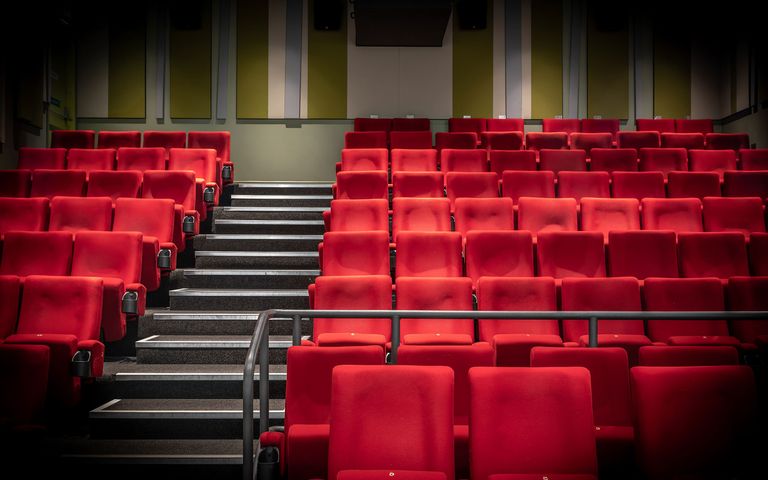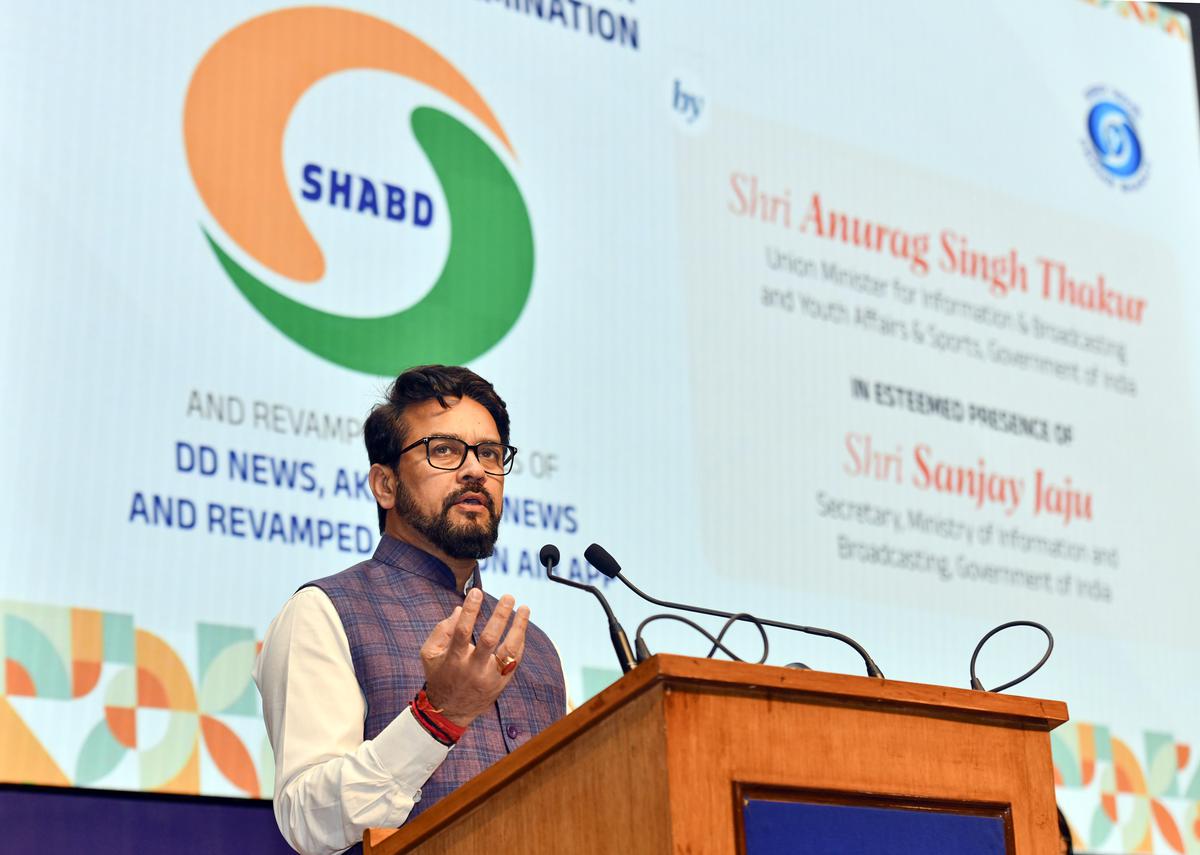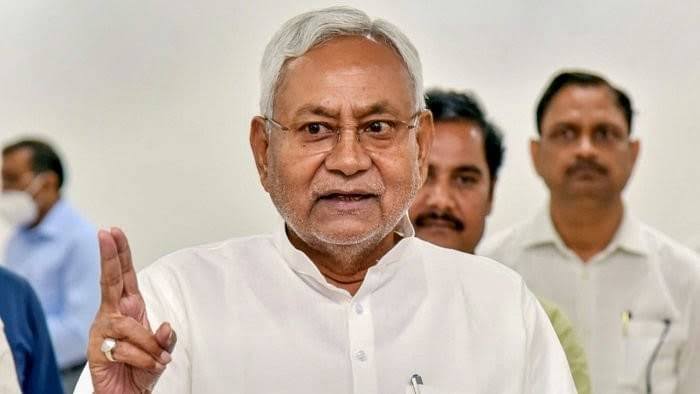The Ministry of Information & Broadcasting (MIB) has taken a monumental step towards creating a more inclusive cinematic experience in India. Unveiling new accessibility standards, the MIB aims to dismantle barriers for moviegoers with hearing and visual impairments, allowing them to enjoy films alongside everyone else.
 This initiative resonates with Prime Minister Narendra Modi’s vision of empowering all citizens. Recognizing the exclusion faced by those with disabilities, the MIB, in collaboration with disability rights groups, film producers, and industry experts, has crafted these guidelines. These standards represent a significant leap forward in making cinema halls truly accessible for all.
This initiative resonates with Prime Minister Narendra Modi’s vision of empowering all citizens. Recognizing the exclusion faced by those with disabilities, the MIB, in collaboration with disability rights groups, film producers, and industry experts, has crafted these guidelines. These standards represent a significant leap forward in making cinema halls truly accessible for all.
The new guidelines extend beyond the film content itself. They encompass accessibility standards for both assistive devices and theatre infrastructure, ensuring a holistic approach to inclusivity.
Every film screened commercially in cinemas must include at least one accessibility feature catering to either hearing or visually-impaired audiences. These features include:
- Audio Description (AD): A narrative track describing visual elements like settings, scenes, and actions, enriching the movie experience for visually impaired viewers.
- Closed Captioning (CC/OC): Text appearing on screen synchronized with the audio dialogue and sound effects, catering to viewers with hearing impairments.
The guidelines go beyond the mandatory features, offering additional options for a more comprehensive experience:
- Indian Sign Language Interpretation: Trained interpreters will provide a clear and synchronized sign language translation of the film in picture-in-picture mode, catering specifically to hearing-impaired viewers.
The implementation of these guidelines will occur in a phased manner:
- Films seeking certification in multiple languages will need to comply within a stricter timeframe of 6 months.
- All other films have a two-year window to adapt and incorporate accessibility features.
- To further incentivize inclusivity, films submitted for prestigious events like the National Film Awards and International Film Festivals will need to meet accessibility standards starting January 1st, 2025.
Cinema theatres will have the flexibility to offer accessibility features through various methods:
- Dedicated Equipment: Theatres can invest in equipment like mirror captions, closed captioning smart glasses, stands for displaying captions below the screen, and headphones for audio description.
- Mobile App Integration: Film producers can embed accessibility features (CC/OC & AD) within mobile applications. This allows viewers to access these features on their devices during screenings, eliminating the need for specialized equipment in the theatre.
- Technological Innovation: The guidelines encourage theatres to explore and utilize other assistive devices and software applications readily available in the market.
To ensure smooth implementation, the MIB has established a framework for collaboration and oversight:
- Exhibitor Action Plans: Theatre owners will actively engage with disability rights stakeholders to develop self-regulatory plans for implementing accessibility features within a two-year timeframe.
- Dedicated Monitoring Committee: A dedicated committee formed by the MIB will oversee the implementation process. This committee will be comprised of representatives from the film industry to provide industry expertise, with half its members being individuals with hearing or visual disabilities, ensuring a strong voice for the intended beneficiaries.
- Grievance Redressal Mechanism: Viewers who encounter theatres lacking accessibility features can file complaints. The monitoring committee will address these concerns within 30 days through the licensing authority, ensuring prompt resolution.
These guidelines are firmly grounded in the Rights of Persons with Disabilities Act, 2016 (RPwD Act). The RPwD Act mandates government initiatives to promote universal access and inclusion in information and communication channels, including access to films.




